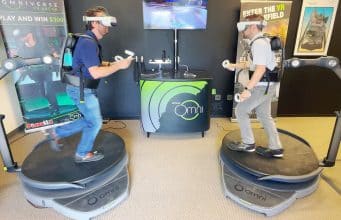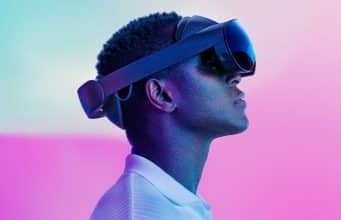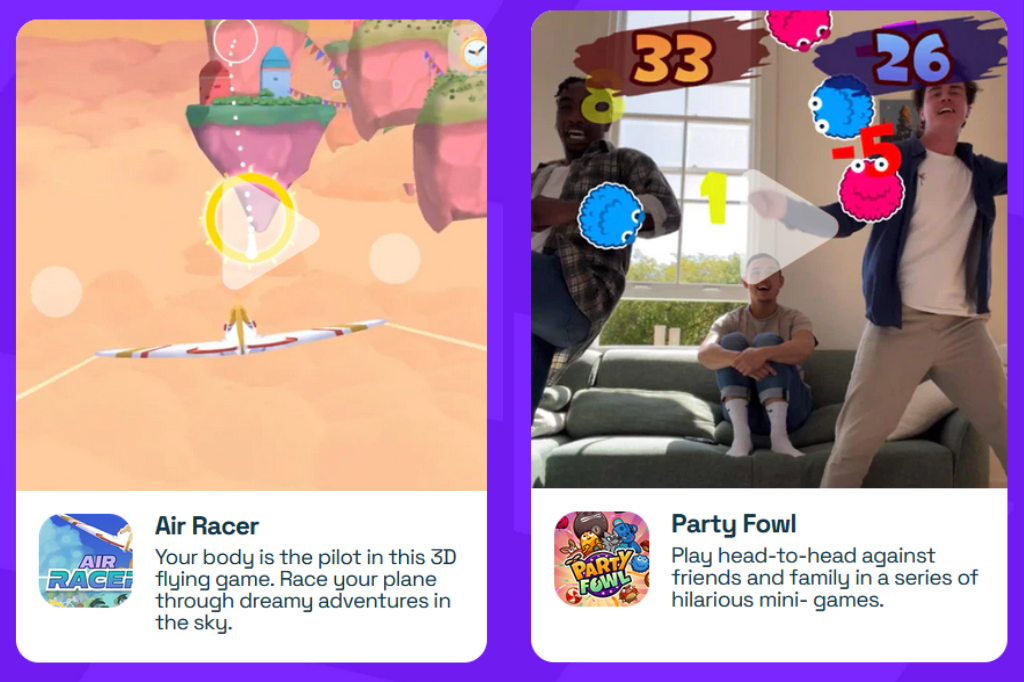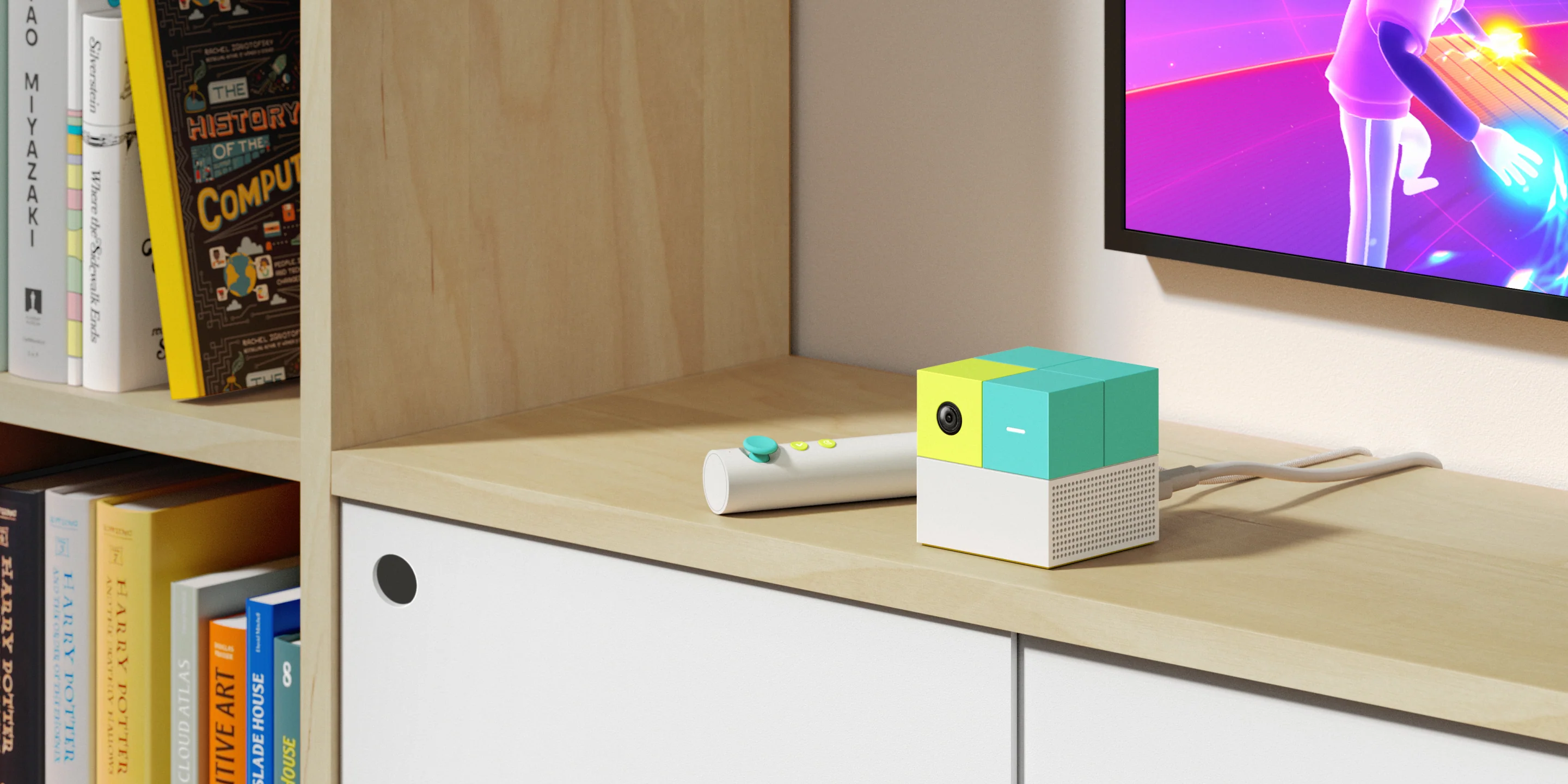Hands-on: Virtuix Omni One Comes Full Circle with an All-in-one VR Treadmill System
As far as VR treadmills go, Virtuix is the OG. While the company had set out to make a consumer VR treadmill a decade ago, market realities pushed the company into the out-of-home VR attraction space. But after all these years the company remains dead-set on selling a VR treadmill to consumers, and this time around it’s taking an all-in-one approach with the new Virtuix Omni One. I visited the company’s Austin, Texas headquarters to try it for myself.
The Virtuix Omni Backstory
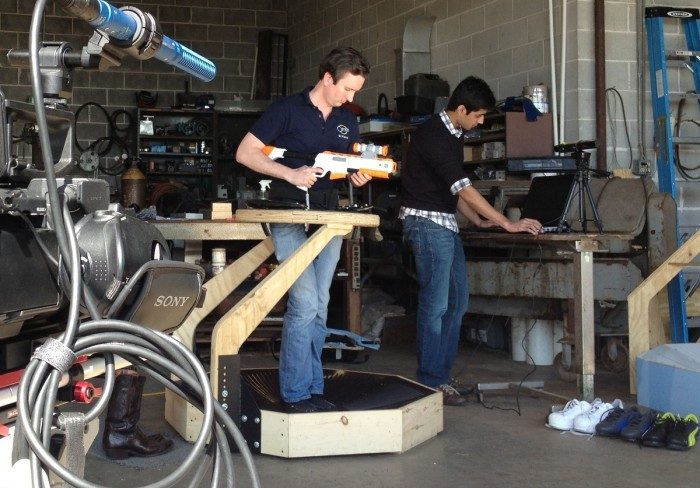
The original Virtuix Omni treadmill started life way back in 2013 as wooden prototype built by a small group led by CEO Jan Goetgeluk. Thus the core idea was conceived a full three years before the first wave of consumer VR headsets appeared on the market in 2016.
The idea itself is simple. What if you had a treadmill on which you could run in any direction? With such a treadmill and a VR headset on your head, you could move your body and feel like you were really moving through the virtual world.
The execution of this idea, however, has been anything but simple.
Treadmills tend to be large, heavy, and expensive devices. And the Virtuix Omni was no exception. Although the company set out initially to build a device for consumers, the reality of the cost and complexity of such a device made it a challenging sell beyond early adopters. The ahead-of-its-time treadmill also suffered another key issue for the consumer VR space; the ‘ring’ support’ design prevented players from having a full range of motion, which made the treadmill a non-starter for many consumer VR games that expected players to be able to crouch, reach down to the ground, or move their arms around at their waist (where many games commonly place holsters for key items).
These challenges forced the company to pivot toward the out-of-home VR attraction space. Thus, the Omni Arena—a huge VR attraction that includes a pod of four of the company’s VR treadmills for multiplayer gameplay with custom content—was born. The system would go on to be installed in 73 entertainment spaces across the US and has become Virtuix’s bread-and-butter business.
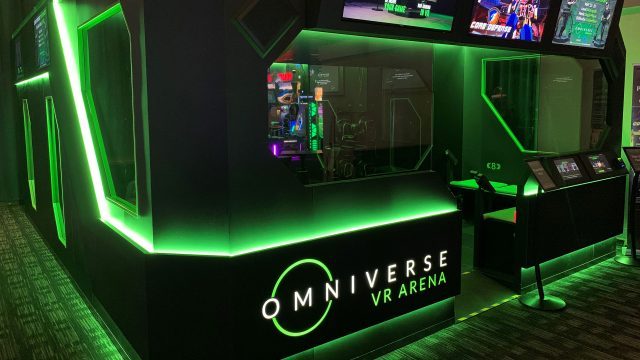
Virtuix realized early on that VR was, at this stage, a fairly clunky proposition. Only early enthusiasts and computer experts had the skills and patience to set up and troubleshoot even consumer VR systems, let alone one that cobbled together complex hardware like a headset and VR treadmill. Expecting arcade attendants to figure out how to keep a system of four Virtuix Omni treadmills, VR headsets, and an array of networked computers powering it all, just wasn’t realistically going to work at scale.
That led the company to build Omni Arena like a giant all-in-one VR arcade. The company has impressively customized literally every step of the customer’s journey through the experience. From the moment they step into the enclosure they’re guided by video screen prompts about what they’re going to experience, how to slip on their special shoes, and how to get into the Virtuix Omni treadmill once it’s their turn.
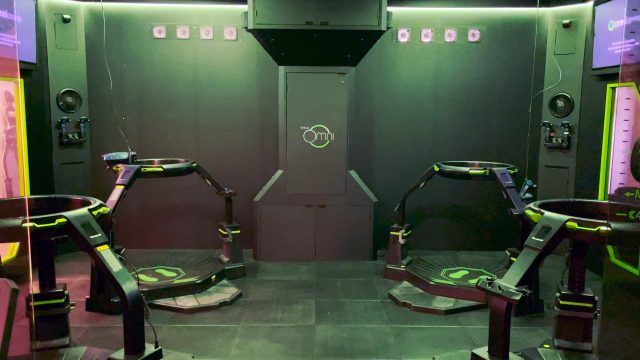
The same, if not more, care has been paid to the operator’s experience. Omni Arena has everything to be a self-sustaining VR attraction. It doesn’t just come with the four treadmills, but also four headsets, controllers (with charging pods), SteamVR tracking base stations, and all the hardware to run the networked VR experiences and the pod’s software itself which not only manages all of the connected devices, but even captures footage of players (both in and outside of the game) and emails it to them as a memento of their experience. It also makes routine troubleshooting steps like headsets, computers, or SteamVR into a simple touchscreen button press through a custom interface for the operator. Omni Arena is truly an all-in-one product.
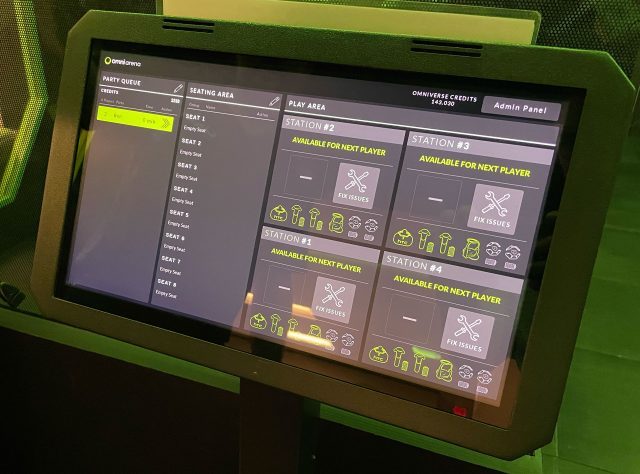
For a small company, Virtuix’s ability to focus on the holistic experience of its product is both rare and impressive.
Coming Full Circle
With the many lessons learned about creating an all-in-one experience for the out-of-home VR attraction space, the company is turning its attention back to the consumer realm with a brand new product—Virtuix Omni One.
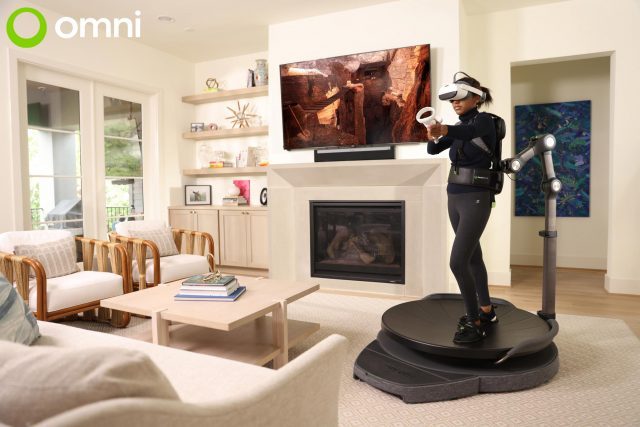
With Omni One, Virtuix isn’t selling a VR treadmill. It’s selling an all-in-one system that includes the newly designed VR treadmill, a VR headset, and access to a library of custom-made content. It’s an ambitious approach, but one that reflects Virtuix’s ability to identify and address key problems with the overall experience it wants to deliver to customers.
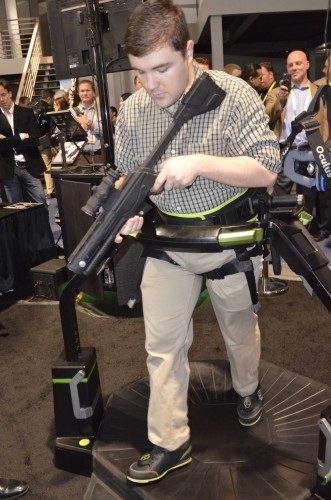
One of those key points the company identified was the way that the original Omni design made compatibility with modern VR content a challenge. The support ring around the player mean their movement was restricted, both in their ability to crouch, lean, and move their arms with complete freedom.
That ‘simple’ problem necessitated a complete redesign of the treadmill. The Omni One now uses an arm support design that always stays behind the user. This gives you the ability to have a full range of motion while also running in any direction. The arm doesn’t actively hold you upright, but it provides the force that prevents you from running straight off the edge of the treadmill.
Another problem the company identified in its goal of delivering a consumer VR treadmill is the complexity of existing PC VR systems and getting players into the right content.
Even if Omni One customer was already an expert in PC VR and willing to put up with technical annoyances, having a tether to the computer means worrying about the user wrapping themselves up in the cable (or asking them to rig up a ceiling mounted cable management system).
Though the Omni One can still technically be used with a PC VR setup, this challenge pushed Virtuix to pair its treadmill with a standalone VR headset out of the box (Pico Neo 3, specifically). But it’s not just a headset, but a headset equipped with a custom-made Omni storefront serving up content that’s specifically made or adapted for the VR treadmill. The company even built its own ‘first steps’ experience, a surprisingly well-made introduction that introduces users to the magic of VR and teaches them how to move and feel comfortable with their controllers and treadmill.
And although sticker-shock has always been a challenge for Virtuix, the Omni One is actually not an unreasonable price… if you think of it as what it truly is: a treadmill that will give you a workout.
Typical exercise treadmills range in price from $500 to $2,000 or more. Omni One will be price at $2,600, including the $700 Pico Neo 3 headset (which the company stresses can also be used as a standard Pico headset (including PC VR streaming). That leaves the treadmill itself at $1,900, the cost of a high-end treadmill. The company is also promising an option to finance the Omni One for $65 per month.
And for those that really believe in Virtuix and its vision, through the company’s crowd-investment campaign it is offering a 20% discount on Omni One (or more, depending upon the amount invested). The campaign has raised $4.4 million to date.
Continue on Page 2: Omni One Hands-on »
Hands-on: Virtuix Omni One Comes Full Circle with an All-in-one VR Treadmill System Read More »
